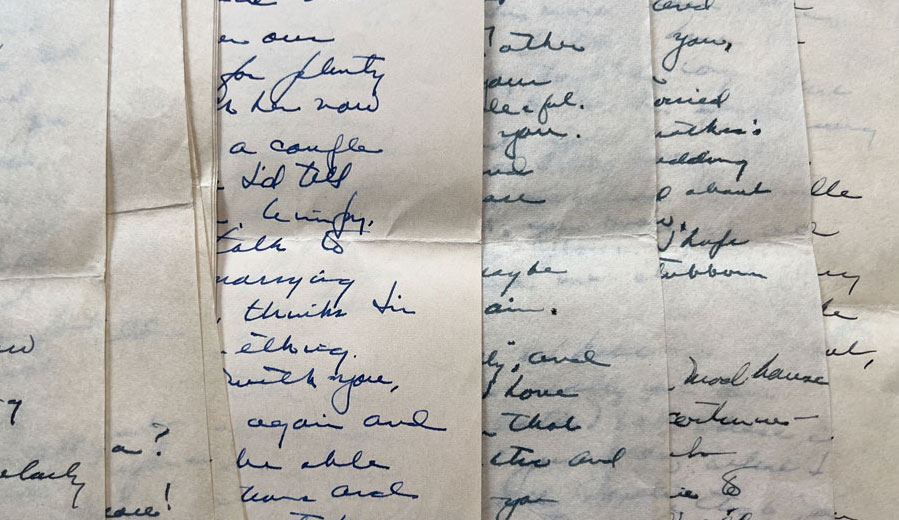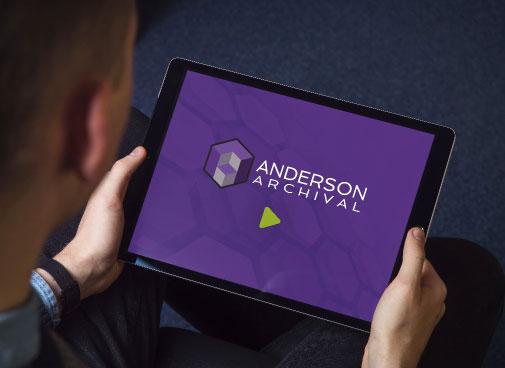
By Archives Technician Shana Scott
Exploring the Challenges of Handwriting Digitization
The preservation of historical documents through digitization has become an essential task. Institutions such as the National Archives have dedicated significant resources to scan and preserve countless pieces of history. However, a critical challenge remains: making these digitized documents accessible and understandable to the public. The solution seems simple—transcribe the handwritten contents—but this task proves to be a unique and intricate hurdle.
The Intricacies of Handwriting Digitization
Digitizing, reading, and transcribing handwritten documents presents a myriad of challenges.
Handwriting varies greatly between individuals and even within the writings of a single person over time. The fluidity and personal nature of handwriting mean that each document holds unique characteristics that are difficult to standardize and digitize.
Furthermore, historical documents often contain outdated language, obscure references, and archaic handwriting styles, which can further complicate the transcription process.
The Role of Volunteers in Transcription
Recognizing these challenges, the National Archives and similar institutions have turned to volunteers for help. These volunteers dedicate their time and effort to transcribe historical documents, turning handwritten texts into searchable and readable digital formats. This crowdsourcing approach leverages the collective knowledge and skills of the public, ensuring that the digitized documents are not only preserved but also accessible and usable.
However, this task is monumental. The sheer volume of historical documents needing transcription can be overwhelming. While volunteers play a crucial role, the process is time-consuming and requires a high level of attention to detail. This is where the possibility of using artificial intelligence (AI) comes into play.
AI: A Tempting Solution with Limitations
At first glance, AI seems like the perfect solution to the handwriting digitization challenge. Modern AI models can be trained to recognize and transcribe handwriting with impressive accuracy. Anderson Archival has explored the use of handwriting transcription AI, and while the results are promising, they are not without limitations.
Building and Training AI Models
The foundation of effective AI transcription lies in building and training the right model. This involves feeding the AI a vast amount of handwritten text samples, allowing it to learn and recognize patterns. When trained on a specific individual’s handwriting, AI can achieve remarkable results. However, when applied to broader contexts with varied handwriting styles, the accuracy drops significantly.
The training process itself is resource-intensive, requiring a large dataset of accurately transcribed text for the AI to learn from. Even with extensive training, the AI models still require human oversight and proofing to ensure the transcriptions are accurate and reliable. This human-AI collaboration is essential to overcoming the nuances and inconsistencies inherent in handwriting.
The Proofing Process
Even the most advanced AI models are not infallible. They can misinterpret characters, miss context, or fail to recognize less common handwriting styles. As a result, every AI-transcribed document needs to be meticulously proofread by a human to catch and correct errors. This step is crucial to ensure the final digital text is accurate and true to the original document.
The labor-intensive proofing process highlights the importance of human expertise in conjunction with technological advancements, ensuring that the digitization efforts are both efficient and effective.
The Future of Handwriting Digitization
As technology continues to advance, the hope is that AI will become more adept at handling the complexities of handwriting digitization. However, the current state of technology shows that AI alone cannot fully overcome the challenges. The combination of AI and human effort remains the most effective approach.
Anderson Archival’s Commitment
At Anderson Archival, we understand the importance of accurately preserving historical documents. Our approach involves leveraging the best of both worlds: utilizing cutting-edge AI technology to streamline the transcription process and employing skilled professionals to proof and perfect the final outputs.
We remain committed to overcoming the handwritten hurdle, ensuring that digitized documents are not only preserved but also accessible and understandable. By combining technology with human expertise, we hope to make an impact, preserving our collective heritage for future generations.
The digitization of handwritten documents presents unique challenges that require a multifaceted approach. While AI offers promising solutions, human oversight and proofing are indispensable in ensuring the accuracy and reliability of transcriptions. Through the combined efforts of technology and dedicated individuals, we can continue to unlock the rich history contained within handwritten documents, making it accessible and meaningful to all. Interested in taking a technological-and-human approach to your collection? Contact us today!







